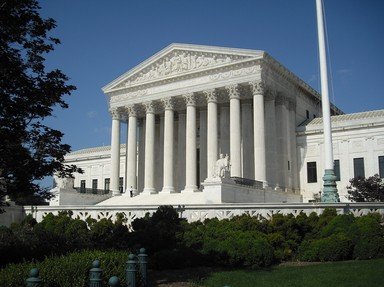Quiz Answer Key and Fun Facts
1. (1803) Marbury v. Madison used a notion of "judicial review" for the first time, meaning the Court could decide if a law was unconstitutional. Why was this so important?
2. (1857) Dred Scott v. Sanford involved a slave suing his "former" master, claiming he was free when they moved to a free state, Illinois, then to the Minnesota Territory, where slavery was forbidden. Why was the petition denied?
3. (1918) Hammer v. Dagenhart overturned a Congressional act that was designed to limit what?
4. (1919) Commonly referred to as the most important right from the Bill of Rights, the freedom of speech is often the last defense for many subversives and radicals. Schenck v. United States did what to it?
5. (1954) Brown v. Board Of Education of Topeka overturned the Court's own decision of "separate but equal" from what other famous case, dating 1896?
6. (1962) Baker was a disgruntled voter, Carr an election official in Tennessee. Baker v. Carr dealt with the 14th Amendment and discriminatory election districts. What happened as a result?
7. (1966) Not everyone always knew they had the right to remain silent and all that. Not until this case, in which Ernesto Miranda was convicted without his knowledge of a right to counsel. The case was Miranda v. what state?
8. (1966) A book named "John Cleland's Memoirs Of A Woman Of Pleasure v. Massachusetts" was all about obscenity. For 10 years, to be obscene a work had to 1) appeal to prurient interest, 2) be patently offensive, and 3) have no redeeming social value. What did this decision do?
9. (1972) Furman v. Georgia outlawed capital punishment, kind of. Due to several factors, including discriminatory application and vague criteria for application, the Court confused the entire mess until what happened?
10. (1978) U. California Regents v. Allen Bakke was the Court's first Affirmative Action case. Bakke was denied admission to med school twice. Why did Bakke take his case to the Court?
Source: Author
Rynski
This quiz was reviewed by FunTrivia editor
Bruyere before going online.
Any errors found in FunTrivia content are routinely corrected through our feedback system.
